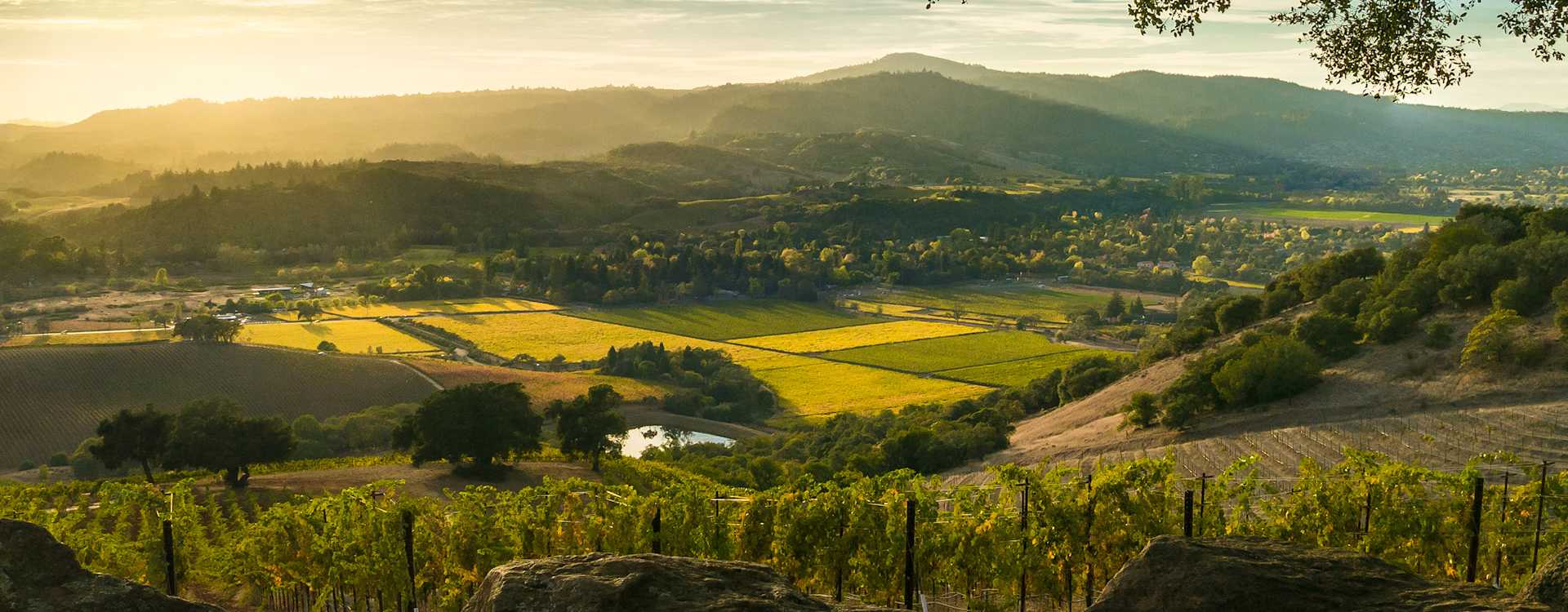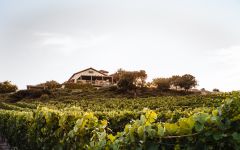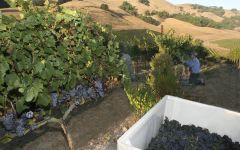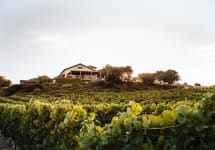Gloria Ferrer Sonoma Brut
-
Wine
Spectator -
Wine
Enthusiast -
Wilfred
Wong




Product Details
Your Rating
Somm Note
Winemaker Notes
This Sonoma Brut sparkling wine is dominated by Pinot Noir, a stylistic decision enabling the complex aromatic and palate profile that this red-skinned grape contributes to brut cuvées. Delicate pear and floral notes are backed by toasty almond. On the palate, lively citrus, toast and apple flavors are overlaid with persistent effervescence, a creamy mid-palate and a toasty finish.
Blend: 85% Pinot Noir, 15% Chardonnay
Professional Ratings
-
Wine Spectator
Vibrant and expressive, with lively apple and cinnamon brioche aromas leading to elegantly complex piecrust, strawberry and spice flavors that linger. Drink now.
-
Wine Enthusiast
A rich, exuberant nose of apple and sea spray leads to a steely palate built up by nervy, focused acidity. Accents of oyster shell and earth permeate the midpalate in this Pinot Noir-dominant sparkler.
-
Wilfred Wong of Wine.com
COMMENTARY: The Gloria Ferrer Sonoma Brut deftly highlights the gentleness of wines made from the Carneros AVA. TASTING NOTES: This wine exhibits active beads in its appearance, followed by aromas and flavors of ripe apple and savory spices. Enjoy it with roast chicken in fresh pasta and a creamy sauce. (Tasted: December 31, 2020, San Francisco, CA)

A term typically reserved for Champagne and Sparkling Wines, non-vintage or simply “NV” on a label indicates a blend of finished wines from different vintages (years of harvest). To make non-vintage Champagne, typically the current year’s harvest (in other words, the current vintage) forms the base of the blend. Finished wines from previous years, called “vins de reserve” are blended in at approximately 10-50% of the total volume in order to achieve the flavor, complexity, body and acidity for the desired house style. A tiny proportion of Champagnes are made from a single vintage.
There are also some very large production still wines that may not claim one particular vintage. This would be at the discretion of the winemaker’s goals for character of the final wine.

Home to a diverse array of smaller AVAs with varied microclimates and soil types, Sonoma County has something for every wine lover. Physically twice as large as Napa Valley, the region only produces about half the amount of wine but boasts both tremendous quality and variety. With its laid-back atmosphere and down-to-earth attitude, the wineries of Sonoma are appreciated by wine tourists for their friendliness and approachability. The entire county intends to become a 100% sustainable winegrowing region by 2019.
Sonoma County wines are produced with carefully selected grape varieties to reflect the best attributes of their sites—Dry Creek Valley’s consistent sunshine is ideal for Zinfandel, while the warm Alexander Valley is responsible for rich, voluptuous red wines like Cabernet Sauvignon. Chardonnay and Pinot Noir are important throughout the county, most notably in the cooler AVAs of Russian River, Sonoma Coast and Carneros. Sauvignon Blanc, Merlot and Syrah have also found a firm footing here.










